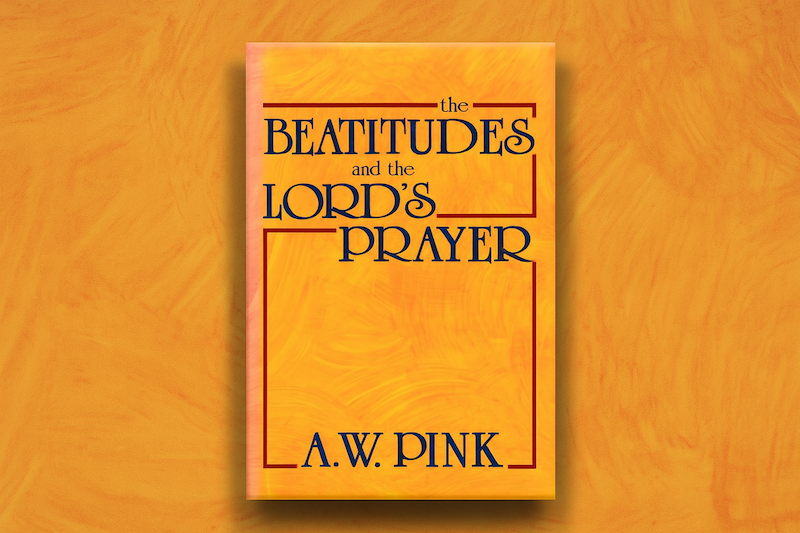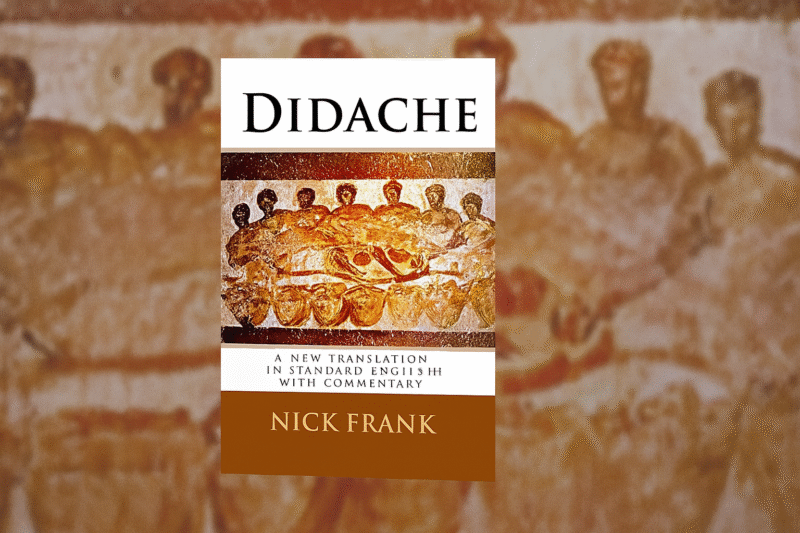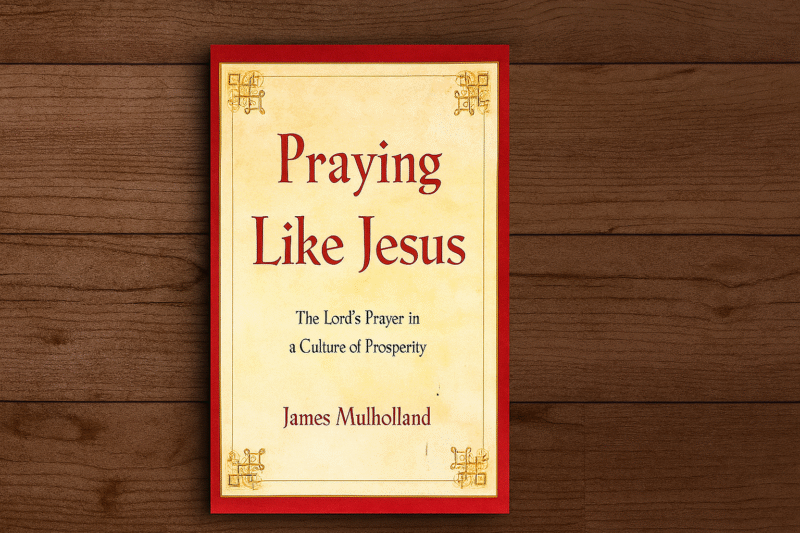
Over the years, The Beatitudes and the Lord’s Prayer by A.W. Pink has been reprinted several times. This fourth printing, released in 1987 by Baker Book House in Grand Rapids, MI, presents two of Jesus’ most well-known teachings—found in Matthew 5 and 6—in a focused and theologically detailed framework. The book is neatly divided into two sections: the first on the Beatitudes and the second on the Lord’s Prayer. In each section, A.W. Pink offers an in-depth devotional commentary aimed at unpacking the spiritual depth and practical implications of these passages. Though originally written decades ago, this book continues to circulate among evangelical readers and scholars.
The Beatitudes and the Lord’s Prayer by A.W. Pink: Purpose, Thesis, and Style
At just over 130 pages, Pink writes from a firm evangelical and Reformed background, with clear dispensationalist and Calvinistic leanings. The work functions as an evangelical and theological commentary, though written in a devotional narrative, and is best understood as Pink’s effort to draw deep, Spirit-led meaning from the words of Jesus. The first section addresses the eight Beatitudes Pink sees in Jesus’ teaching, each discussed in a chapter bookended by an introduction and conclusion connecting Christ’s life with these attitudes of the Kingdom. The second section unpacks the Lord’s Prayer through the lens of seven petitions, beginning with the address and ending with the Doxology. While Pink doesn’t engage church history or other theological interpretations of these texts, he does allow Scripture to interpret Scripture, often layering biblical references and phrases throughout. His posture leans heavily on archaic and poetic English, which at times feels liturgical or formal to the modern reader. Still, his intent is clear: to let the Word of God speak richly and thoroughly through these teachings.
Structure and Content
Pink’s understanding of the Beatitudes centers around the inner transformation wrought by the Holy Spirit: “the work of the Spirit emptying the heart of self, that Christ may fill it” (Pink 1987, 12). While this idea is compelling, Pink tends to emphasize human sinfulness more than the empowerment of the Spirit. His interpretation is more focused on conviction than on the ethical or missional calling embedded in these teachings. Yet I resonate with his Christocentric view, especially when he writes, “each of the promises attached to the Beatitudes finds its accomplishment in Christ. Poor in spirit He was, and His supremely is the Kingdom. Mourn He did, yet He will be comforted as He sees the travail of His soul” (Isa. 53:11; Pink 1987, 67). Jesus exemplified these beatitudes and is the promise in them.
In the section on the Lord’s Prayer, Pink divides the prayer into seven parts, though he does not explain the logic behind his divisions. For example, he separates the petitions concerning temptation and deliverance—an interpretive move I would challenge, though I understand his rationale. He also makes some curious assertions without backing them up. At one point, he claims, “This prayer is found twice in the New Testament, being given by Christ on two different occasions” (Pink 1987, 72), and then suggests it’s a model for pastors to repeat fundamental truths. This interpretive leap is never substantiated. However, Pink does commendably challenge dispensationalist peers who argue against using the Lord’s Prayer in Christian worship, calling it “robbing God’s children of a valuable portion of their birthright” (Pink 1987, 74). He advocates its use in both corporate gatherings and family devotions.
Pink shines when expounding on the opening petitions of this pattern of prayer. His exploration of “Thy Kingdom come” is particularly strong. He identifies a threefold application: first, in the external expansion of the Gospel; second, in the internal reign of grace in the believer’s heart; and third, in the future consummation of God’s Kingdom (Pink 1987, 95). He further expands this idea by writing that in praying for the Kingdom, we are also praying for the health of the Church, spiritual leadership, and the downfall of evil (Pink 1987, 96). Notably, the book ends abruptly after the final petition and the Doxology, which left me wanting a more reflective or summarizing conclusion.
About the A.W. Pink
Arthur Walkington Pink (1886–1952) was an English theologian and prolific Christian writer. He was once a member of the Theosophical Society before renouncing the group in 1908 and converting to evangelical Christianity. He briefly attended Moody Bible Institute in Chicago, later serving in various pastoral roles across the United States. During these years, Pink became associated with notable dispensationalist and fundamentalist figures, such as H.A. Ironside. Though influenced by this tradition, his writing often transcended simplistic labels. Pink never planted himself well, nor seemed to finish a pastorate or training fully.
Pink suffered a nervous breakdown that led him to live in Philadelphia with some friends for a healing sabbath season, after which his ministry expanded globally. After that, he ministered in Australia and England before eventually settling near York, Pennsylvania. Later, he returned to England and dedicated himself fully to writing. Though often critical, solitary, and doctrinally rigid, his theological writings were widely circulated. Martyn Lloyd-Jones once remarked that reading Pink would benefit pastoral students more than reading Barth or Brunner—while also acknowledging that Pink’s temperament or pattern of ministry would have hindered any real pastoral success. Wikipiedia said that by 1982, Baker Book House had published 22 of his works with over 250,000 copies sold. Pink’s writing style—assertive and absolute—can feel alienating at times, which may explain why his works are more revered than personally embraced, especially when compared to more accessible authors like A.W. Tozer.
Why I Read This Book
I read The Beatitudes and the Lord’s Prayer by A.W. Pink as part of my doctoral research at Kairos University, where I am exploring the theological and practical implications of the Lord’s Prayer. Pink is frequently quoted in scholarly and devotional literature on the topic, so reading this work firsthand was important to better understand the context and weight of his interpretations. His extended treatment of the Lord’s Prayer, especially compared to other devotional works, made this a clear choice for my reading list – you can learn more about me and my research here.
Critical Evaluation
While the book opens with a strong introduction, it closes without any real conclusion—an abrupt ending that weakens its overall structure. Pink excels in exegesis, particularly in his early petitions of the Lord’s Prayer, and shows a deep conviction for the authority of the work of the Spirit and power of Scripture. His strength lies in his ability to draw spiritual insight from biblical phrases without resorting to sentimentality. However, his weaknesses are also evident: his tone can feel presumptuous, his language dated, and his theological assertions often go unchallenged or unsubstantiated. Church history is never considered. For me, Pink’s lack of engagement with church history, alternative interpretations, or practical application limits the book’s usefulness for a broader audience. Nevertheless, his scriptural focus and commitment to theological clarity are commendable.
Relevance and Recommendation
Despite its limitations, The Beatitudes and the Lord’s Prayer by A.W. Pink offers a deep, meditative engagement with key teachings of Jesus. I am glad I read it. There were many challenges in this book for me as a follower of Jesus. While the language and tone may feel archaic or overly dogmatic to modern readers, the book can still serve as a valuable devotional aid or supplemental text in theological study, more so on the prayer than the Beatitudes. Personally, I would not recommend it as a starting point for lay readers or new believers, but it may be helpful for pastors, seminary students, or those doing focused theological research, particularly on the Lord’s Prayer or the Beatitudes.



